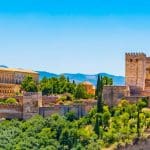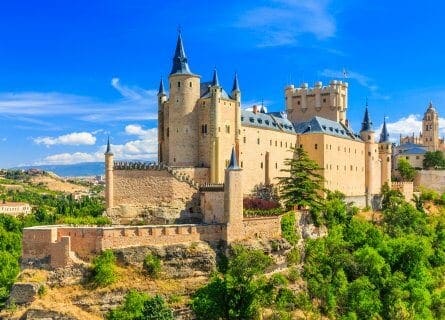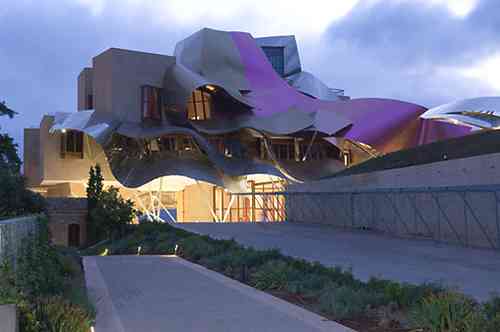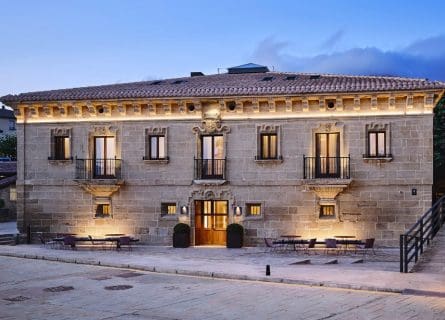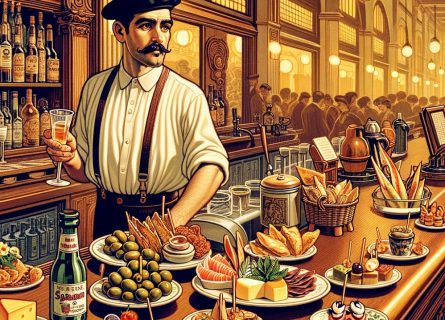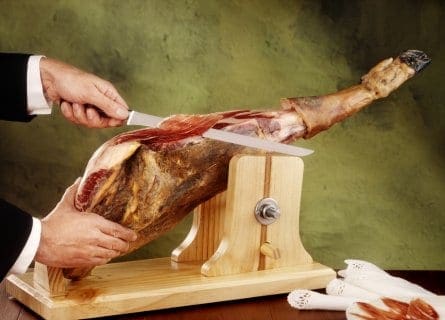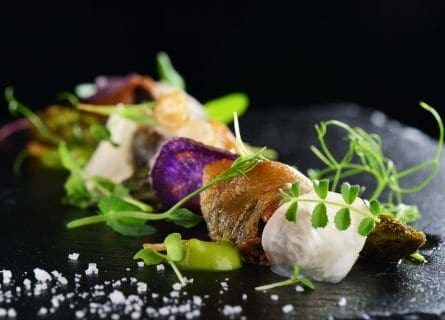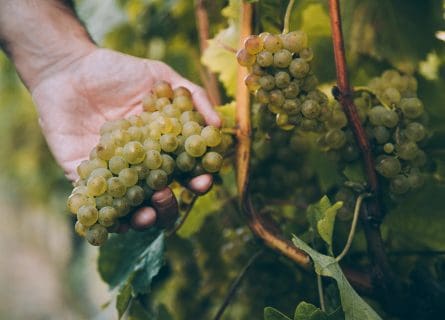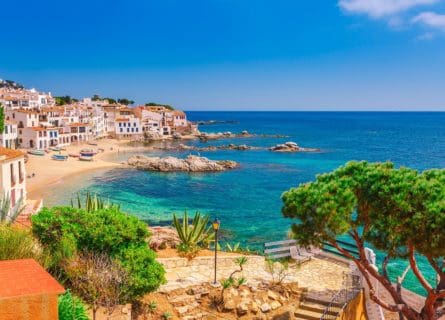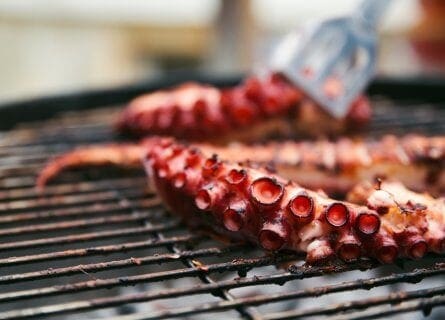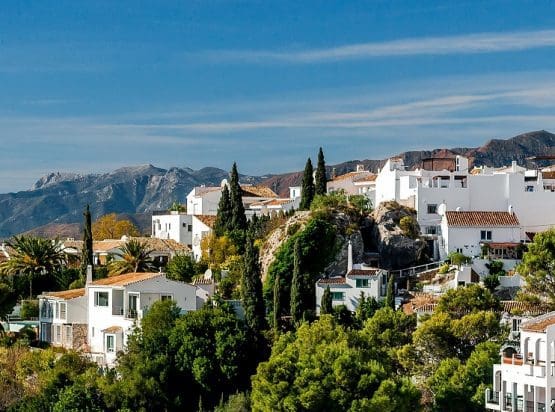
Córdoba Travel Guide
Unveiling Córdoba's Culinary Secrets: Your Ultimate Food and Wine Guide
Situated on a curve of the Guadalquivir River, with countryside spreading out in every direction, Córdoba boasts a fascinating and romantic history. In its heyday, the former capital of Al-Andalus (the Muslim-controlled parts of medieval Spain), Córdoba was a magnificent representation of Moorish power. Its former mosque, the Mezquita, is one of the most spectacular Islamic buildings in the world; visitors today remain entranced by this remarkable piece of architecture, in addition to Córdoba‘s charming medieval quarter, which comes alive at night with its atmospheric cafes, tapas bars, and restaurants.
Córdoba began life as a Roman settlement, founded in 152 BC by a Garrison attracted by its strategic position on the Guadalquivir River. The Romans controlled Andalusia – known as Baetic – for centuries, having wrestled control from the Carthaginians during the Second Punic War. Córdoba prospered under Roman rule and soon became one of the empire’s most civilized and wealthiest areas outside of Italy. Andalusia and Córdoba experienced several significant cultural and technological changes during this period. The Romans introduced aqueducts, temples, and amphitheaters to Spain, its language, and the basis of the modern Spanish legal system.
However, following the collapse of the Western Roman Empire, Córdoba fell into decline. The Germanic Visigoth tribes took control of most of the Iberian Peninsula in the 6th century AD, making Toledo their capital in central Spain. Nonetheless, their rule over Hispano Romans was precarious, and by 700, with famine in Toledo and chaos throughout the Peninsula, Visigoth control was falling apart. This paved the way for the Muslim invasion of 711, which set Spain and Córdoba‘s destiny apart from the rest of Europe.
After the 8th-century invasion, Córdoba became the Muslim capital of the Iberian Peninsula, and a new era of prosperity dawned across Andalusia. In the 10th century, Abd ar-Rahman III named himself caliph and ensured that Al-Andalus was ruled independently of the Middle East’s Moorish kingdoms. Under his rule, Córdoba‘s population grew significantly, and the city became the largest in Western Europe. Its wealth was renowned across Europe, as were the city’s architectural wonders, including mosques, patios, gardens, and fountains. It was a magnificent time for Córdoba‘s citizens.
In the latter part of the 10th century, the caliph’s reign ended when a ruthless general, Al-Mansur, took control of Córdoba and conducted several bloodthirsty raids against Christian Spain. Following his death and Al-Mansur’s son’s death, the caliphate descended into anarchy, with rival Muslim factions and Christians from northern Spain fighting over the spoils of this once great city. The Berbers looted Córdoba on more than one occasion, and eventually, Al-Andalus collapsed into several tarifas (small kingdoms).
In the 11th century, Córdoba was ruled as part of Seville’s Tarifa and was overshadowed by the city, which grew in importance as Córdoba declined in wealth and population. It became something of a provincial city following Fernando III’s reconquest of Andalusia in the 13th century. Córdoba was captured in 1236, and much of its population fled, fearful of reprisals and persecution.
Following the reconquest of Spain by Fernando III, Muslims were persecuted for many centuries. Cardinal Cisneros, an overseer of the Spanish Inquisition, carried out mass forced baptism and banned both books and the Arabic language. Eventually, Muslims were given an ultimatum – convert to Christianity or leave. Then, the fanatical Spanish King Felipe II took it one step further, expelling Moriscos (converted Muslims) from Spain from 1609 to 1614.
In the 17th century, Andalusia and Córdoba‘s fortunes continued to decline. The last three ineffectual Hapsburg Kings had wasted much of the area’s wealth from its conquest of the Americas. In addition, epidemics and bad harvests killed some 300,000 people and further reduced Córdoba‘s shrinking population.
Under the Bourbon dynasty of the 18th century, Córdoba‘s fortunes recovered somewhat, although it would never again retain its importance as Andalusia’s economic and political capital. Then, in the so-called Age of Enlightenment, with its faith in reason, science, and social planning, new industries sprung up in Andalusia, including Seville’s first tobacco factory.
Sadly, by the late 19th century, Andalusia was again mired in severe economic turmoil. As a result, the region declined into one of Europe’s most backward, socially polarized areas with massive differences in living standards between rich and poor. Illiteracy, disease, and hunger were rife. Moreover, the industrial revolution that transformed northern Spain barely touched Andalusia.
The defining event of Spain’s 20th-century history was The Spanish Civil War between the military dictator Franco and the Republican government. Both sides committed terrible atrocities, including the murder of 7000 priests, monks, and nuns. Franco declared himself the victor in 1939 and remained in power until 1975. He kept Spain out of both World Wars, but under his dictatorship, personal freedoms were severely restricted – divorce was made illegal, and church weddings were compulsory.
Since Franco’s death and Spain’s relatively painless transition to democracy, Córdoba, like Andalusia as a whole, became steadily more prosperous and recovered some of the confidence of its glorious heyday. Today, its stunning architectural heritage and cultural significance make Córdoba an unmissable part of any Andalusian itinerary. A stunning monument to the legacy of Spain’s Moorish past!
-
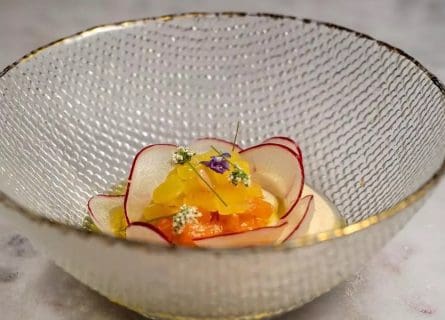
Creative cuisine with a touch of tradition - La Casa de Manolete (see below) Gastronomy & Wine
Andalusian cooking is an ethnic melting pot of diverse culinary influences, including Roman, Jewish, and Arabic. The Arabic is the most distinctive: among other things, the Muslims introduced lemons, apricots, mint, spinach, and spices such as cumin and cinnamon to the region. The fruit and vegetables are delicious and fresh throughout Andalusia, for the growing season is almost year-round. Although younger chefs are passionate about the experimental and avant-garde in Spain’s larger cities, local food remains traditional and conservative.
Of course, Andalusia’s most famous culinary contribution is tapas, which today comes in an indefinite variety and is essential to the Spanish way of life. History records that today’s snacks originated in the Sherry region in the 19th century when bar owners placed a bit of bread on top of a drink to deter flies; this developed into the custom of putting a snack on the bread to encourage drinking.
Although one of the region’s smaller cities, Córdoba offers a lively culinary scene. Many of the city’s classy restaurants prepare food in medieval styles – delights such as garlic soup with raisins and lamb stuffed with dates and pine nuts. Local highlights include Rabo de Toro (oxtail stew) and salmorejo, like a thicker gazpacho served with bits of boiled egg. One of our favorite haunts is Taberna San Miguel, one of Córdoba‘s most popular atmospheric taverns. The food is excellent, as is the selection of local wines. El Churrasco is another great find specializing in delicious meat dishes, including a barbecued pork fillet with an exotic Arabian sauce.
Andalusia is renowned for Jerez or Sherry, a fortified wine produced in Jerez de la Frontera, El Puerto de Santa Maria, and Sanlucar de Barrameda. However, Córdoba has its local version, produced in the nearby regions of Montilla and Moriles. The wine is similar to Sherry, made by the same process, except that it isn’t fortified with the addition of Brandy. Like Sherry, it comes in different styles, the three main ones being Fino, Amontillado, and Oloroso. Finos work particularly well with tapas and can cope with various flavors. Also, most Córdoba restaurants will offer a selection of wines from across Spain, including sparkling Cava, Rioja, and Ribera Del Duero’s mighty reds.
Guide to Andalusian Gastronomy: Read more
Nearby Wine Regions
-
 Embark on a journey through Andalucía's rich wine culture and vineyards. Explore flavors, traditions, and hidden gems. Plan your trip! Read more
Embark on a journey through Andalucía's rich wine culture and vineyards. Explore flavors, traditions, and hidden gems. Plan your trip! Read more -
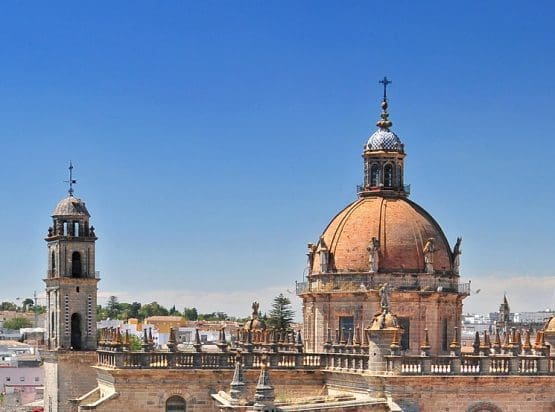 A remarkable journey - from humble origins to world-class refinement. Discover the Sherry Triangle's revival, where Brandy de Jerez competes with aged Cognacs. Read more
A remarkable journey - from humble origins to world-class refinement. Discover the Sherry Triangle's revival, where Brandy de Jerez competes with aged Cognacs. Read more -
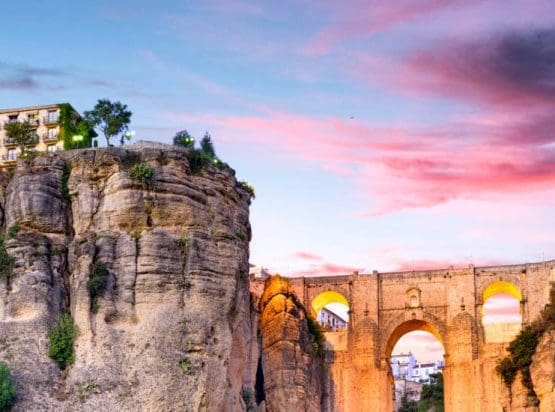 Explore the heritage of Málaga wines, from sweet classics to emerging dryer styles. Discover flavors, history, and exciting developments in Ronda. Read more
Explore the heritage of Málaga wines, from sweet classics to emerging dryer styles. Discover flavors, history, and exciting developments in Ronda. Read more -
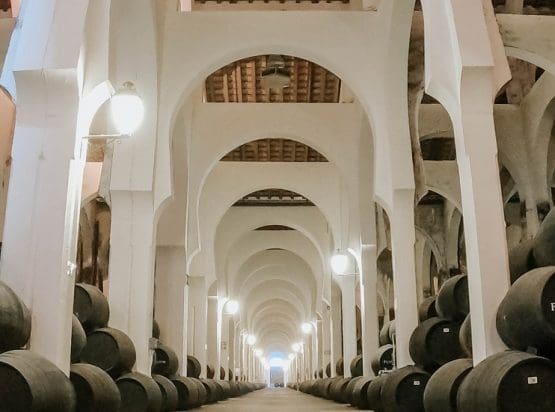 Explore Spain's Sherry Region: detailed wine guide with tasting notes, vineyard insights, & pairing tips. Dive into Andalusia's best-kept secrets. Book Now! Read more
Explore Spain's Sherry Region: detailed wine guide with tasting notes, vineyard insights, & pairing tips. Dive into Andalusia's best-kept secrets. Book Now! Read more
Highlights
-
La Casa de Manolete bistro
This cozy bistro is named after the legendary bullfighter Manolete, and its decor and ambiance pay homage to the city’s rich bullfighting traditions. But the true star of the show here is the food. The menu celebrates the flavors and ingredients of Andalusia with a modern twist that keeps diners coming back for more. The dishes are artfully presented and burst with flavor, from the tender braised pork cheeks to the creamy salmorejo soup. The wine list is carefully curated, featuring a variety of local and regional wines that perfectly complement the flavors of the food. And with its intimate atmosphere and attentive service, La Casa de Manolete Bistro is the perfect spot for a romantic dinner or a memorable night out with friends.
-
Mezquita
Córdoba‘s Great Mosque, dating back to the 12th century, is the most remarkable Islamic architectural piece still standing in Europe. It embodies the power of Islam in Spain, built under Abd al Rahman I between 785 and 787. Today’s building evolved over the centuries, blending many architectural forms. In the 10th century, Hakam II made some of the most lavish additions, including the elaborate mihrab (prayer niche) and masqsura (caliph’s enclosure). Other highlights are the beautiful arches and pillars, consisting of more than 850 columns of granite, jasper, marble, and the Patio de Los Naranjos.
-
Córdoba's Jewish quarter
Córdoba‘s heart is undoubtedly the old Jewish quarter, west of the Mezquita’s towering walls. It’s ideal for a leisurely early evening stroll, which is the best time to appreciate the district’s cobbled streets (free of cars) and delightful squares, full of cafes and tapas bars. A walk around this area gives the impression that little has changed since the 10th century when Córdoba was one of the greatest cities in Europe.
-
Archaeological museum
Cordoba’s archaeological museum is housed in a Renaissance building with a large patio. It contains a wealth of historical treasures, including an extensive collection of Roman artifacts, with large mosaics and elegant ceramics. There is also a section devoted to medieval Cordoba, including bronze animal figures from Medina Azahara.
-
Palacio Episcopal
The Bishop’s Palace offers interesting exhibitions on its handsome patio that are well worth a look. The Palace also houses the Museo Diocesano with a collection of religious art, including some outstanding medieval woodcarving.
Recommended for you
More information
If you would like us to customize an exclusive luxury tour, contact us and let us know your travel plans. We offer luxury food and wine tours for private groups of a minimum two guests. In addition, all of our private, chauffeured tours are available year-round upon request.

